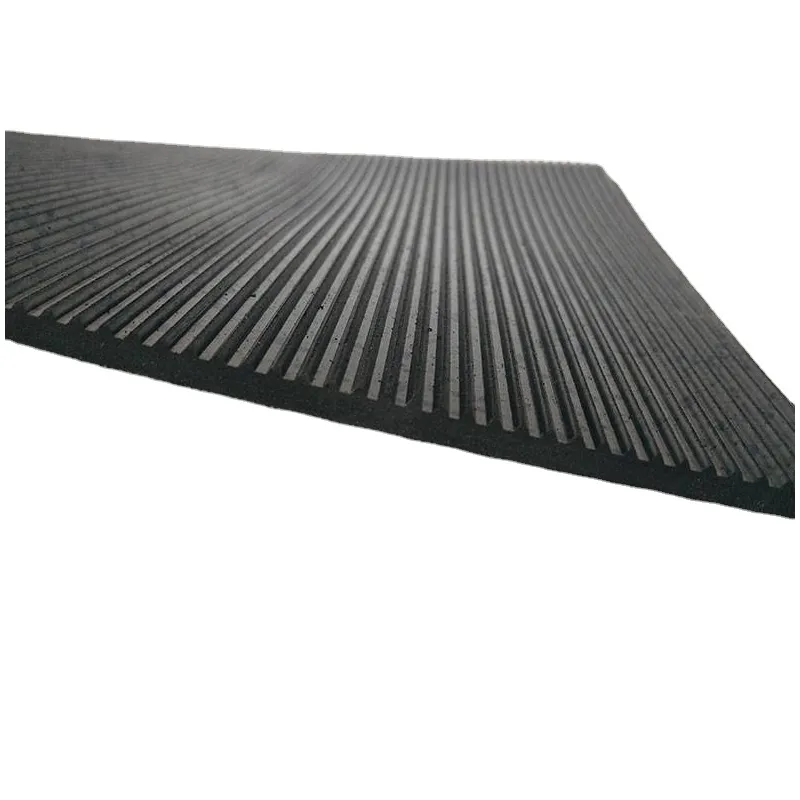Exploring the Benefits and Applications of Foundation Drainage Mats in Construction Projects
Understanding Foundation Drainage Mats An Essential Component in Construction
Foundation drainage mats are an integral part of modern construction techniques, especially in areas susceptible to water accumulation and soil erosion. These mats serve as a crucial defense mechanism against water intrusion that can compromise the structural integrity of buildings and infrastructures. This article discusses what foundation drainage mats are, their benefits, installation methods, and best practices for use.
What are Foundation Drainage Mats?
Foundation drainage mats, often referred to as drainage boards or composite drainage systems, are specially designed materials placed around the foundation of a building. Typically made from high-density polyethylene (HDPE), these mats have a domed or textured surface that allows for the easy flow of water. The primary purpose of these mats is to direct water away from the foundation, ensuring that the base of the building remains dry and stable.
The Importance of Foundation Drainage
Water accumulation can lead to a host of problems, including mold growth, structural weakening, and soil shift. When rainwater or groundwater seeps into the foundation area, it can cause hydrostatic pressure to build up against the walls, leading to cracks and other issues. By utilizing foundation drainage mats, builders can create an effective barrier that not only reduces moisture levels but also extends the lifespan of the structure.
Benefits of Using Foundation Drainage Mats
1. Moisture Management The primary benefit of drainage mats is their ability to manage moisture effectively. By channeling water away from the foundation, these mats reduce the risk of water damage and mold growth.
2. Cost-Effective Solution Investing in foundation drainage systems can save homeowners and builders from expensive repairs in the long run. Preventing water-related issues early on is more cost-effective than addressing the consequences of water damage.
3. Enhanced Drainage Efficiency The design of drainage mats ensures high flow rates, allowing for rapid evacuation of water. This efficient drainage capacity is critical in areas with heavy rainfall or poor drainage conditions.
foundation drainage mat

4. Versatility Foundation drainage mats can be used in various construction contexts, from residential homes to large commercial buildings. They can be adapted to different soil types and site conditions, making them an indispensable tool for builders.
Installation of Foundation Drainage Mats
The installation of foundation drainage mats requires careful planning and execution. Here are some fundamental steps to ensure effective installation
1. Site Assessment Before installation, a thorough assessment of the site is essential. This includes understanding the local drainage patterns, soil type, and potential water sources.
2. Excavation Once the site is ready, excavation is necessary to create a trench around the foundation. The depth and width of this trench will depend on the specific design of the foundation.
3. Mat Placement The drainage mats should be laid against the foundation wall, ensuring they extend below the grade of the surrounding soil. This allows for optimal water flow away from the structure.
4. Backfill After the mats are installed, the trench is filled back with gravel or soil. It’s crucial to compact the backfill to avoid future settling and ensure proper water drainage.
5. Regular Maintenance While drainage mats are designed for durability, it's important to periodically check and maintain them. Clearing any debris and ensuring that water can flow freely will help maintain the system’s effectiveness.
Conclusion
In summary, foundation drainage mats are a vital component in modern construction, providing effective moisture management and safeguarding buildings against water damage. By understanding their purpose, benefits, and installation practices, builders and homeowners can significantly reduce the risks associated with water intrusion and enhance the longevity of their structures. Investing in quality foundation drainage solutions is not just an option but a necessity for ensuring the health and stability of a building for years to come.
-
Silicone Seal Strip: The Ultimate Solution for Your Sealing NeedNewsNov.01,2024
-
Keep the Heat: The Importance of Seal for Oven DoorsNewsNov.01,2024
-
Essential Guide to Corner Protectors for Your FurnitureNewsNov.01,2024
-
Enhance Your Home with Silicone SolutionsNewsNov.01,2024
-
Efficient Maintenance of Melamine Sealing StripsNewsNov.01,2024
-
Comparison of Different Edge Sealing ProcessesNewsNov.01,2024
-
Types of Door Bottom Seal Strips and Their Best UsesNewsOct.25,2024